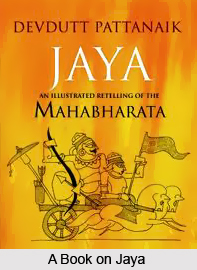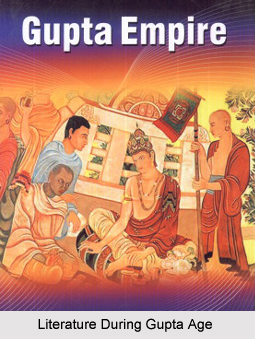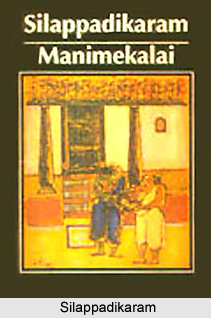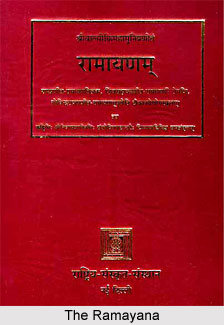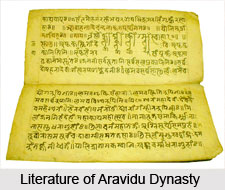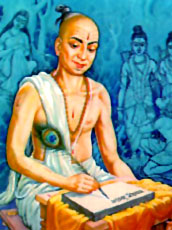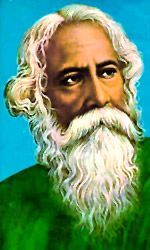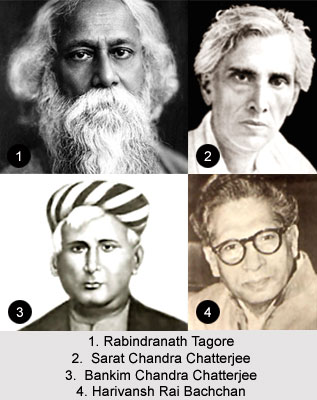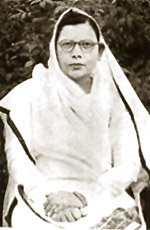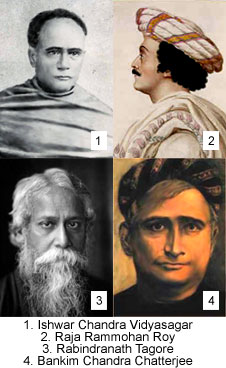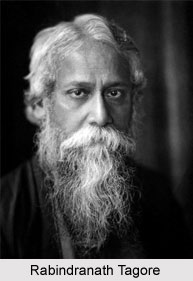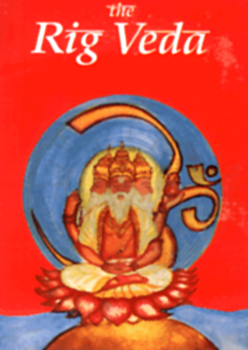 Metres in the Rig Veda are proof of the antiquity of the Vedic texts. The Vedic metres are separated from those of Classical Poetry in Sanskrit Literature by a gulf. In Vedic poetry there are numerous metres of which there is no trace to be found in the later poetry, while on the other hand numerous metres in classical Sanskrit poetry has a prototype in the Veda. Again, some metres of the Vedic poetry do indeed re-appear in the later poetry, but with a much more strongly marked rhythm than in the Rig Veda.
Metres in the Rig Veda are proof of the antiquity of the Vedic texts. The Vedic metres are separated from those of Classical Poetry in Sanskrit Literature by a gulf. In Vedic poetry there are numerous metres of which there is no trace to be found in the later poetry, while on the other hand numerous metres in classical Sanskrit poetry has a prototype in the Veda. Again, some metres of the Vedic poetry do indeed re-appear in the later poetry, but with a much more strongly marked rhythm than in the Rig Veda.
In the oldest Indian metre only the number of syllables is fixed, while the quantity of syllables is only partially determined. The Vedic verses are composed of lines of 8, 11 or 12, more rarely of 5 syllables. These lines, called Padas, are the units in ancient Indian metrics, and only the four (or five) last syllables are fixed with regard to the rhythm, the last syllable, however, being again a syllaba anceps. Three such lines form the Gayatri and four such lines form the verse called the Anustubh. In the older poetry the Anustubh stands far behind the Gayatri in popularity. Later it is the reverse: the Anustubh becomes the usual verse, and out of it is developed the Sloka, the proper metre of epic poetry. Metres of rarer occurrence are the Pankti, consisting of five lines of eight syllables, and the Maha pankti, consisting of six such Padas.
The line of eleven syllables has a caesura after the fourth or fifth syllable, and its regular form is such that four such Padas form the verse called Tristubh. The line of twelve syllables differs from that of eleven only in so far as it has one more syllable, for the rest the two metres are formed exactly alike. Four such Padas of twelve syllables give a verse which is called Jagati. In the regular form of the line of five syllables, four or eight of which together give the verse called Dvipada Viraj. By combinations of different kinds of Padas into one verse, a number of more elaborate metres are formed, composed of lines of eight or twelve syllables.
In old Indian metres, how much depends on the number of syllables is proved by the oft-recurring speculations, in the Brahmanas and Upanishad, on the mystical significance of the metres. Here, the mysticism of the numbers comes into play. For instance, there is a strange logic being followed when it is said that the words Bhumi (earth), Antariksa (atmosphere), and vyoma (sky) form eight syllables. A Gayatri Pada consists of eight syllables. Therefore he who knows the Gayatri gains the three worlds. But that the metres play such a highly important part in the mysticism of ritual, that considered as divine beings, they even receive sacrifices, that mythology concern itself with them, especially with the Gayatri, which in the form of a bird fetches the Soma from heaven, that they are created like other beings by Prajapati - all this indicates the great age of these metres which were thought to have originated in times immemorial. Thus the age of the metres is also a proof of the age of the hymns themselves.
